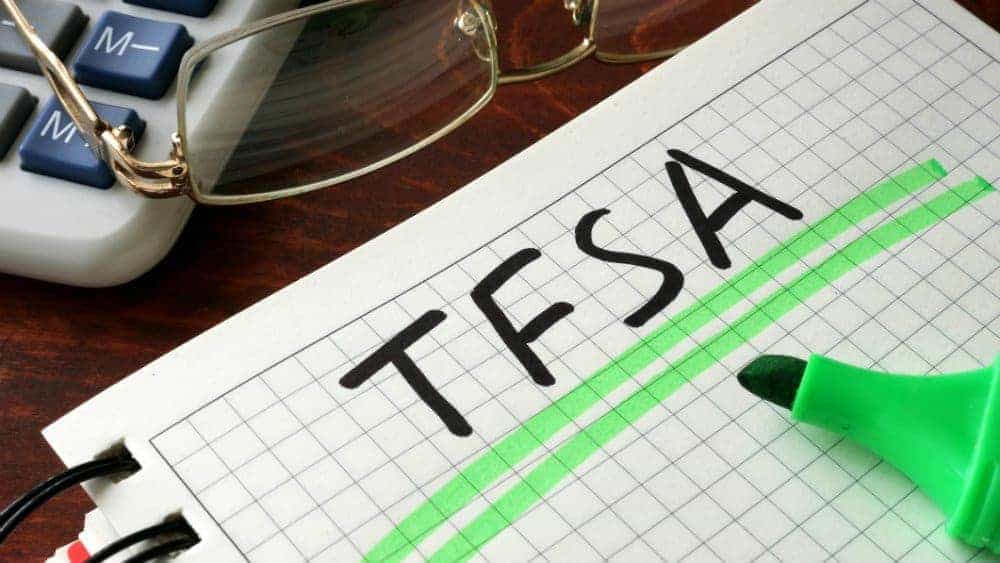If you’ve never contributed to a Tax-Free Savings Account (TFSA), you have up to $69,500 of contribution room this year.
Saving comes first in your TFSA
As the name implies, saving comes first. Every year, the TFSA room grows by that year’s contribution limit. This year, the limit is $6,000. Naturally, the additional limit each year encourages healthy savings habits. Aim to save up to the limit amount each year.
If it’s difficult for you to save money, consider making a habit of saving every month. To achieve savings of $6,000 a year, save $500 a month.
Sometimes it can be challenging to save, understandably so. In 2020, the COVID-19 pandemic can easily throw Canadians off their savings plan.
In any case, even if you can’t contribute the full limit to your TFSA in a year, aim to save some amount.
For example, you might manage to save $3,000 this year.
After you get some savings down, you can get your tax-free investment portfolio rolling.
What are the best investments for your TFSA?
Right now, interest rates are at historic lows. So, cash earns close to nothing after accounting for inflation that eats away our purchasing power.
Thankfully, we can invest in almost anything in our TFSAs. Other than cash, GICs, and bonds, we can also invest in stocks, exchange-traded funds (ETFs), and mutual funds.
You can open multiple TFSA accounts, but the total contribution of the accounts cannot exceed your available TFSA contribution room.
Historically, stock market returns outperform other asset classes. So, you should look into investing in stocks or funds that have meaningful equity exposure. That said, you should also consider your risk tolerance and investment experience. Read a lot, start small, and test the waters.
Turning a $3,000 TFSA into $10,000…$100,000
Personally, I almost started exclusively with stocks and loved it since. If you’re going that route, it’s probably easier to get started with dividend stocks and value investing.
Let’s say you have $3,000 for your TFSA this year. To turn it into $10,000 without any new contributions from your part, it’s going to take 18 years to arrive at $10,000 based on the long-term average stock market return of 7%.
However, if you keep contributing $3,000 a year to your TFSA, you’ll arrive at $10,000 in your fourth year of savings. This illustrates how essential savings are in the early stages of building your wealth.
If you invest $3,000 a year in your TFSA for annualized returns of 7%, you’ll arrive at $109,136 in 18 years. Notably, $54,000 would be your $3,000 per year contributions, and $55,136 would be returns from your investments.
How to get returns of 7% per year
You can get 7% returns from dividends, growth, or a mix of both. A high-yield dividend stock that I believe is trading at a great value is H&R REIT (TSX:HR.UN). It’s a diversified REIT with retail, office, industrial, and residential properties.
Currently, the stock provides a cash distribution yield of just over 7%. The stock had a huge selloff this year. It’s now trading at half price from the start of 2020.
The market is discounting the stock due to the big impacts COVID-19 is having on H&R REIT’s retail properties. In May, the REIT collected about half of the rents from its retail portfolio. From its overall portfolio, it managed to collect 80% of the rent thanks to its other assets.
H&R REIT cut its cash distribution by half last month. So, its 7% yield should be sustainable, especially as the economy opens progressively.
The stock can also appreciate 50-100% from current levels on a normalization of the economy. Assuming that process takes three years, investors will earn total returns of 71-121% (or 21-33% per year) from an investment today!
Here is a group of large-cap stocks that has a good mix of income, value, and growth for your consideration.
The Foolish takeaway
To grow your TFSA substantially, first, save some money every month. If it’s hard for you to get started, start small by contributing $10 a week to your TFSA. Then, slowly build up from there.
When starting out, your savings rate is more important than your investment returns. If you invest $3,000 in your TFSA every year for very reasonable market returns of 7% per year, you’ll actually arrive at more than $100,000 in 18 years.
If you invest $6,000 a year, that $100,000 doubles to $218,000!










